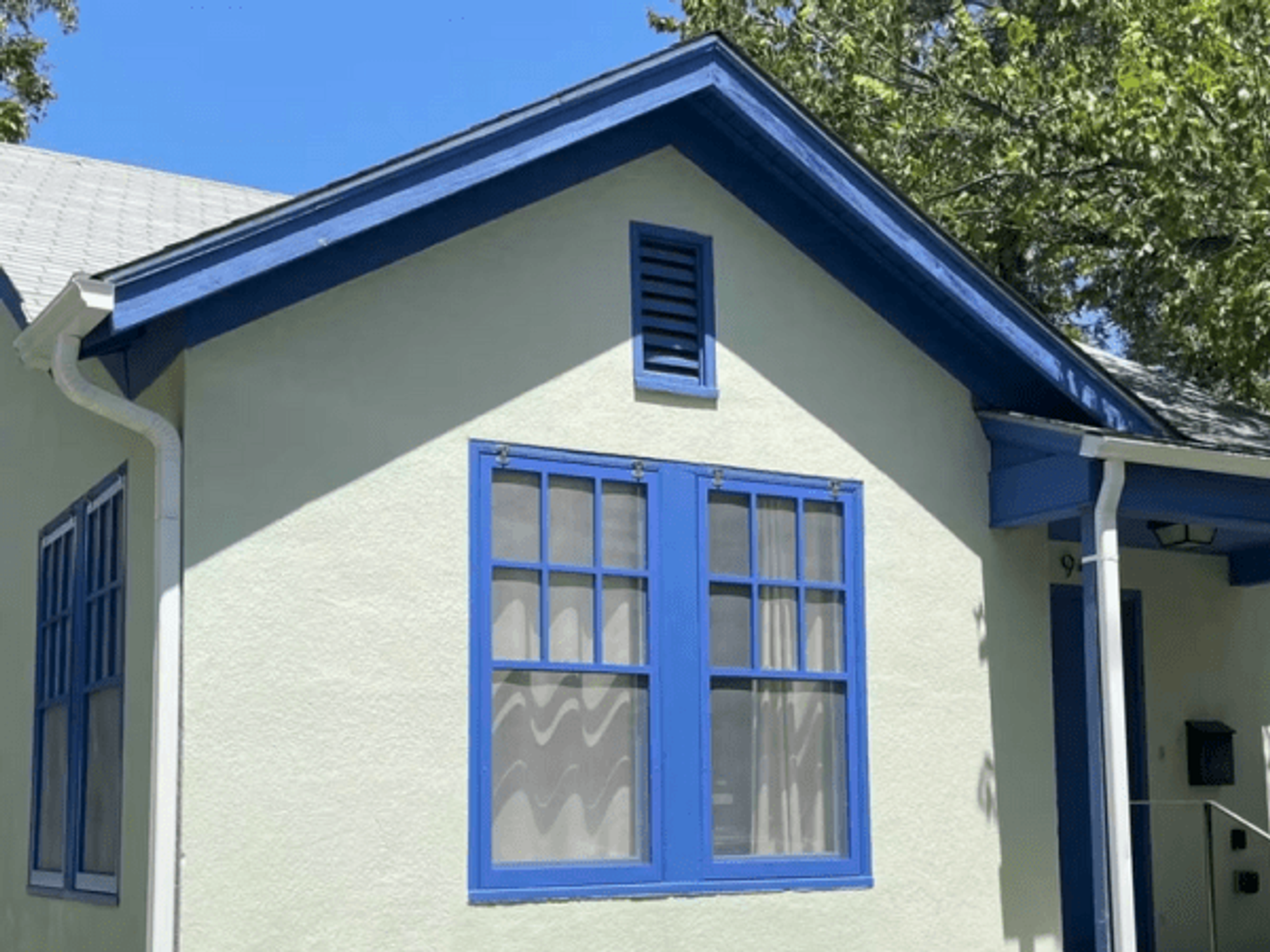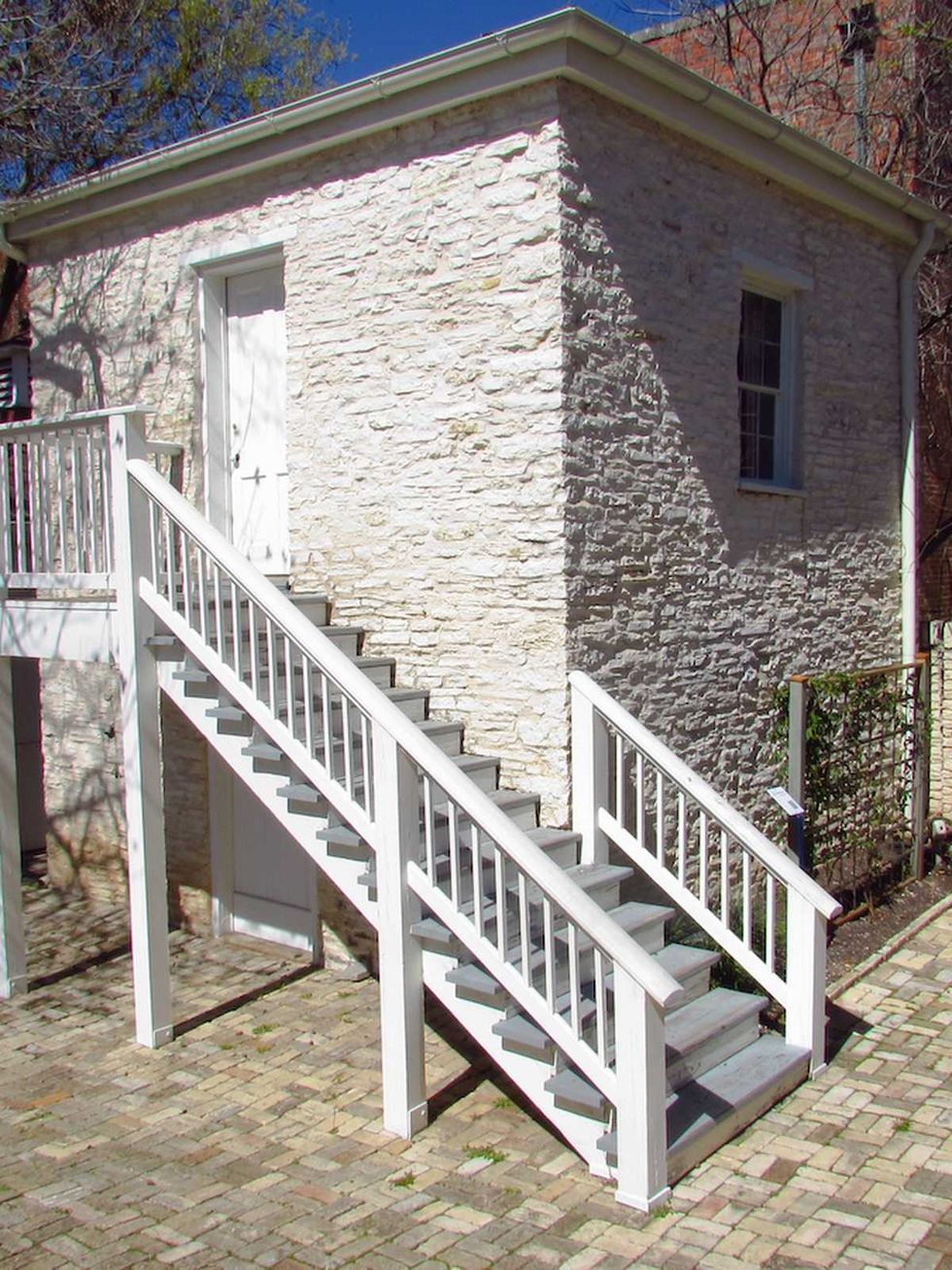around austin
Let’s not repeat history: Bob Bullock museum learning the art of fundraising
The late Bob Bullock, one of the most respected politicians in Texas history, served 16 years as the state’s chief financial officer. So you’ve got to wonder what he’d think about the fact that Austin’s Bob Bullock Texas State History Museum has racked up more than $2.3 million in losses since opening in April 2001.
To turn the financial tide, the nonprofit museum and the Texas State History Museum Foundation are embarking on their first-ever fundraising campaign.
“The campaign goal has not been finalized and will not be made public until sometime in the fall,” says Julie Fields, a spokeswoman for the Texas State Preservation Board, which oversees the museum.
Fields says the museum’s foundation is assembling a leadership team for the multiyear fundraising effort.
Money generated through the campaign will supplement revenue from facility rental fees, IMAX movie tickets, parking fees, museum admissions and memberships, and café and gift shop sales.
The 175,000-square-foot history museum sits three blocks north of the state Capitol. In 1997, state lawmakers authorized $80 million in bond revenue for construction of the museum. A year earlier, Bullock, who then was lieutenant governor, first outlined his vision for the museum. Bullock died in 1999 – two years before the museum opened.
Nonprofit status
To be sure, the museum was not built to turn a profit. The nonprofit museum is a division of the State Preservation Board, the state agency that also manages the Capitol, the Capitol Extension and the Capitol Visitors Center.
The museum originally was intended to sustain itself through what’s known as “earned income,” such as admissions revenue and membership fees. Officials say this revenue model worked in the first two years of the museum’s operation, when the Bullock’s newness drew huge crowds.
“However, this is not the typical museum operating model,” Fields tells CultureMap. “We know of no museums that are fully self-sustaining based on earned income.”
Aside from the fundraising campaign, here are three of the ways the Bullock is trying to boost its finances.
1. Facility rentals
The museum’s rental space was underused in fiscal year 2011, with no rentals on 229 days, according to a recent report from the Texas State Auditor’s Office.
In fiscal year 2011, the museum booked 130 events for outside groups. It added a full-time employee to the facility rental division last year to help line up more bookings. Also, the Bullock now promotes rental specials to pump up business.
The museum rents space to outside groups only when its own events, such as exhibition openings and lectures, aren’t scheduled. That means the number of days available for facility rentals each year is “far fewer” than 360, the museum says.
2. IMAX theater
On 68 days in fiscal year 2011, the 400-seat theater didn’t show any IMAX movies, according to the auditor’s report. The museum says that’s because it doesn’t control which IMAX films it gets; those decisions are made by movie studios and distributors.
In fiscal year 2011, IMAX films represented 45 percent of the Bullock’s admissions revenue, according to the auditor’s report. The museum’s IMAX business is taking a hit, however, from two new IMAX theaters in Austin – the AMC Barton Creek Square 14 and the Regal Gateway Stadium 16.
The museum says it “will continue to have fewer days showing feature films as a result of this decrease in attendance, but plans to fill the schedule with additional showings of educational documentaries.”
3. Parking
The auditor’s report complains about “underutilization” of the museum’s 475-space parking garage. About 225 cars park in the garage on an average day.
Since the fall of 2009, the museum has been selling parking “memberships,” primarily to University of Texas students. In fiscal year 2010, nearly $22,000 in parking memberships were sold; in fiscal year 2011, that figure topped $77,000. During the current fiscal year, parking memberships are expected to generate perhaps as much as $90,000, according to Fields.
The Bullock also sells parking spaces for events like UT football games.
By the numbers
State officials say the museum aims to operate with a balanced budget. In previous years, budget shortfalls have been covered by a revenue cushion built up during the museum’s first few years of operation, officials say. The museum generated a budget surplus in fiscal year 2010 and expects to do so again in fiscal 2012, which ends Sep. 30.
State financial records reviewed by CultureMap show the state-run museum has posted operating income in just three of the 11 fiscal years since its debut in 2001. The museum’s worst fiscal year was 2003, with an operating loss of more than $1.1 million. The best fiscal year was 2001, when the museum notched operating income of just over $618,000.
The state auditor’s report points out that from fiscal years 2009 through 2011 alone, the Bullock’s operating costs averaged almost $6.54 million, while operating revenue averaged nearly $6.29 million. That adds up to an average operating loss of more than $250,000 a year during that period.
In fiscal year 2011, operating revenue totaled slightly more than $6 million, with about half of that coming from admission fees. However, operating costs pushed the museum to a loss of more than $164,000.
Except for fiscal year 2010, the museum’s operating revenue has been on a “relative decline” since its first full year of operations in fiscal year 2002, the auditor’s report says. Under Texas state code, operating costs should be supported by museum revenue “to the extent possible,” according to the report.

 The Neill-Cochran House Museum's mid-19th-century slave quarters received Planning and Historic Designation grant support for restoration and historical interpretation.Photo courtesy of Preservation Austin
The Neill-Cochran House Museum's mid-19th-century slave quarters received Planning and Historic Designation grant support for restoration and historical interpretation.Photo courtesy of Preservation Austin Built around 1863, the Henry G. Madison cabin in Rosewood Park received Bricks and Mortar grant support for preservation planning work.Photo courtesy of Preservation Austin
Built around 1863, the Henry G. Madison cabin in Rosewood Park received Bricks and Mortar grant support for preservation planning work.Photo courtesy of Preservation Austin